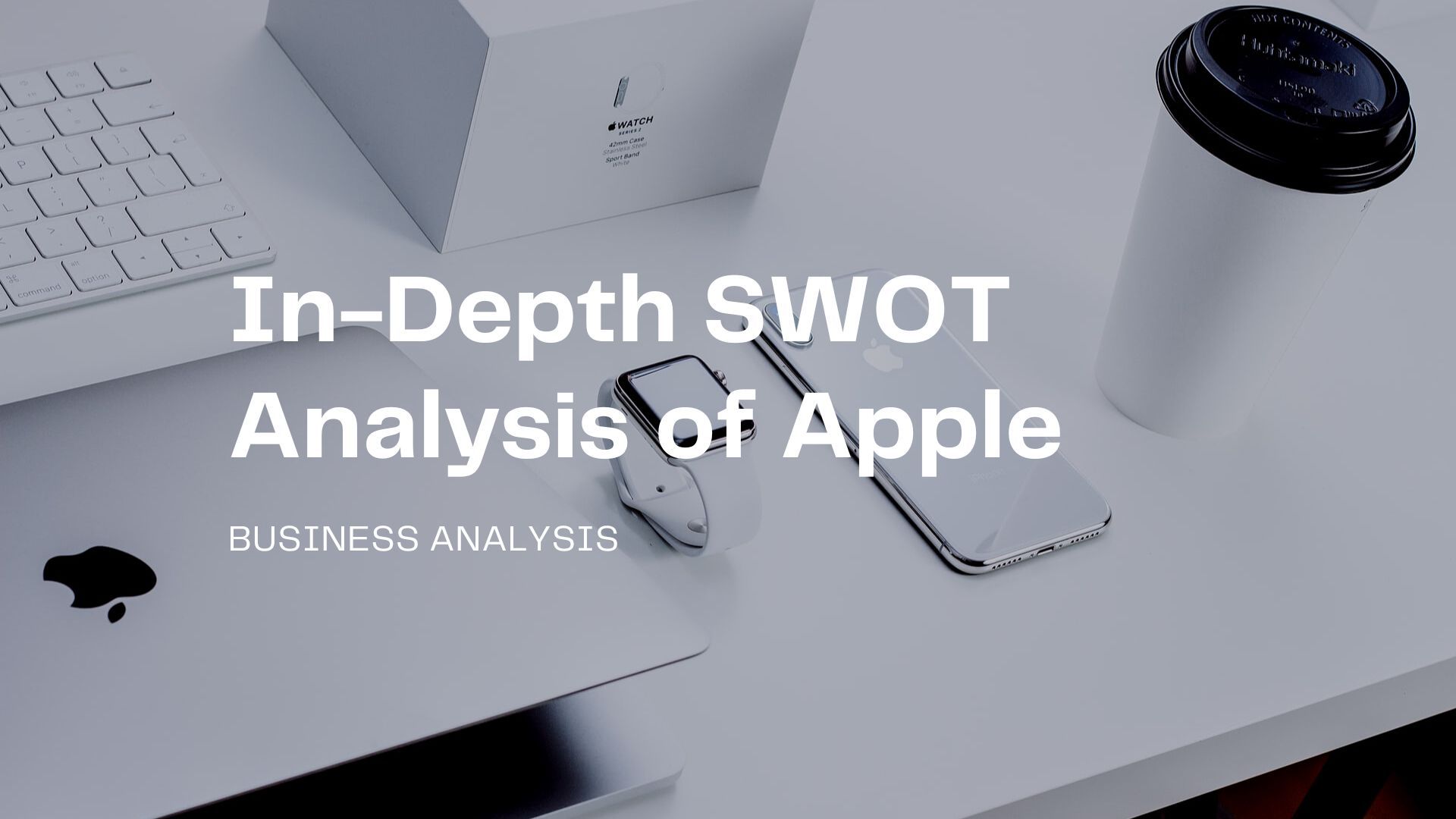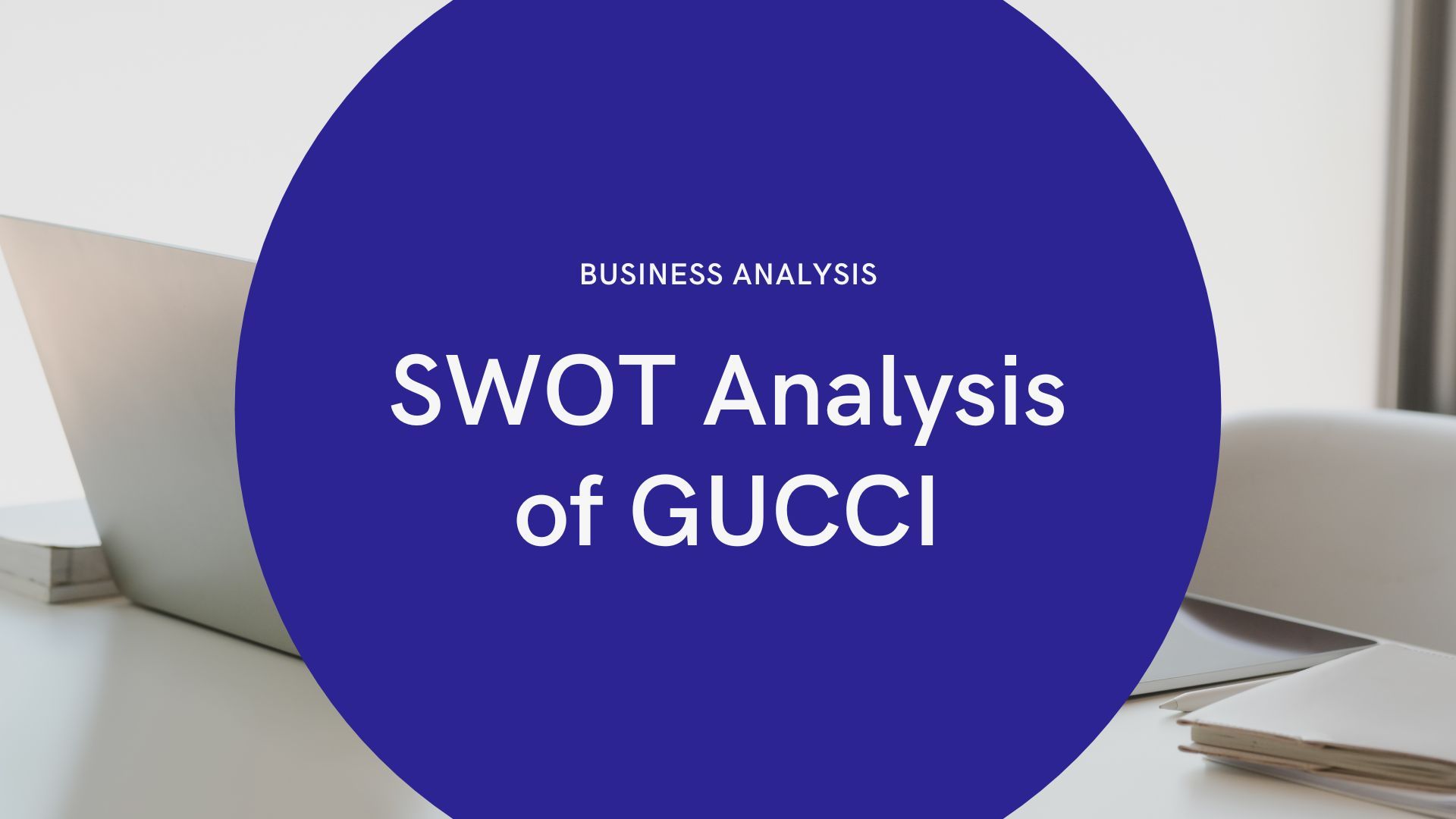Nike is one of those global brands that need little or no introduction. And the allure of this brand is plainly depicted by its simple but powerful swish logo. It was founded back in 1964 by Phil Knight and Bill Bowerman, with their headquarters located in Beaverton, Oregon, USA.
Nike's main specialization is in manufacturing athletic wear, apparel, footwear, accessories, and equipment.
The original business model of Nike was centered around providing innovative products for athletes to enhance their overall performance. However, this model has been expanded to include the production of sporty, trendy casual wear for the average person.
The global popularity of Nike has seen the brand grow rapidly over the years. In 2021, Nike recorded an annual sales revenue of over USD$44 billion, while their net income/profit margin for the same year was more than USD$5.5 billion.
The Nike SWOT analysis in this post provides insight into those strengths that have defined the brand as a leader in the sportswear industry. This SWOT report also lays out the weaknesses, opportunities, and threats to Nike's business.
Nike's Strengths
Strength is a key element in Nike's SWOT analysis. The strengths of Nike give us an insight into what makes the brand so successful. Here are a few strengths worth noting;
- A very strong global brand recognition and valuation: Without a doubt, Nike is one of the most recognizable brands in the world. In addition to this, they currently have a valuation above USD$42 billion.
- A large global customer base: The number of loyal Nike customers from around the world is in the millions. These customers are up-to-date with new products from Nike. Many of them actively follow Nike on various social media outlets and are very current with upcoming events and the latest trends. In the first quarter of 2022, Nike recorded a growth in its market capitalization, which now stands at over USD$230 billion.
- Strategic partnerships with iconic figures: Everyone knows about Michael Jordan, and Nike's collaboration with this basketball icon led to the launch and production of the hugely successful Air Jordan 1 basketball sneakers.
- Successful management of secondary brands: Nike has two notable secondary brands, namely, Hurley and Converse. Nike has successfully managed these brands, which have garnered their own share of the market and loyal customers over the years.
- Pretty low production costs: Nike adopted a smart business strategy of producing their footwear in other countries like Indonesia, Vietnam, China, India, Brazil, Argentina, Mexico, and Italy. This has significantly lowered their cost of production as the labor costs and other expenses in these countries are considerably lower than that of North America. In 2021, 51% of Nike's footwear was produced in Vietnam, while 21% was produced in China.
- Skilled designers: Nike has a workforce of highly talented designers responsible for conceptualizing and designing all footwear before they are manufactured abroad.
- A fantastic marketing division: This is one of Nike's main strengths. They have a proactive marketing division that spends a tremendous amount of time, money, and effort in promotions, advertisement, striking endorsement contract deals, designing complementary products, and updating the print media with the news. It is interesting to note that a total of about USD$3.1 billion was spent on marketing in 2021. Nike's marketing campaigns have led to them breaking into new markets and gaining new loyal customers.
Nike's Weaknesses
While Nike has many strengths, they are not without a few telling weaknesses. Some of these drawbacks include;
- Allegations of unsafe work conditions in overseas production plants: Nike has been accused of not doing anything about the poor work conditions faced by their workers in the foreign countries where they have production plants. Apart from poor work conditions, Nike has also been accused of child labor, forced labor, and low wages in these countries.
- Retailers hold all the cards: Nike does not sell directly to the final consumers. Their business model is targeted at selling to wholesalers or large retail outlets. This makes it difficult for them to control the pricing of their products which the retailers set.
- A rising debt profile: Despite recording outstanding revenue and income figures, Nike still has debts that are also growing. As of 2021, Nike had a debt of over USD$9 billion.
- Overreliance on a saturated North American market: Nike is heavily dependent on the North American market to sell its products. And this is despite having expanded into promising markets abroad. Nike's overall sales revenue figure for 2021 had about 61% from international sales and 39% from sales in the US.
- Minimal diversification: Nike's minimal diversification efforts are widely viewed as a weakness. The COVID-19 pandemic further highlighted the need for Nike to diversify into other products, services, and market groups as many sporting events were canceled at the time, which affected the global sportswear business as a whole.
Nike's Opportunities
Some opportunities open to Nike in the short and long-term future include;
- Capitalizing on emerging new markets: Nike is always emerging new markets to position itself strategically. Countries like Brazil, China, and India are fast becoming viable markets for sportswear products.
- Investing in technologies for producing innovative products: The wearable technology market has been seen by observers as likely to be huge in the near future. Nike can invest in making wearable technology products that will sell, considering it already has a powerful brand name.
- Improvements in Nike's supply chain: Independent production companies control both the manufacture and supply of Nike products. In the future, Nike can ensure efficiency in its supply chain by acquiring some of the production companies overseas. This way, they will maintain a seamless supply chain and provide more stability to pricing.
- Doing away with large wholesale and retail outlets: In order to ensure that it positions its products better, Nike has decided to do away with selling to large retailers like Fred Meyer, Zapoo's, Bob's Stores, Dillard's, and so on. This will also help Nike to provide its loyal customers with a much more customer-centric service which was lacking in these retail outlets that just sell Nike products like every other product in their stores without getting important customer feedback that would be useful to Nike.
- No more wholesale distribution in the US: This is in line with doing away with large retail stores that neither have the expertise nor time to focus on the customers of a single product in their stores. Nike also intends to do away with wholesale distribution in the US market. In order to have direct contact with customers, Nike will sell its products only at designated Nike stores. They will also sell directly from their official website, and customers can order Nike products using the Nike app for Android and iOS mobile devices. This will ensure that Nike can reach out to its loyal customers directly.
Nike's Threats
Some of the threats to the brand's business in this Nike SWOT report are as follows;
- The threat of counterfeit products: Counterfeit products damage Nike's global reputation and adversely affect the company's sales revenue. By ensuring cutting ties with both wholesalers and retailers, Nike can significantly reduce the proliferation of counterfeit products in the global market. Selling products only in Nike stores and online will go a long way in ensuring that customers buy only genuine Nike products.
- Competition from rival sportswear: Nike faces competition from traditional sportswear companies like Adidas and Puma. These companies are all jostling for global market positions, and Nike needs to constantly improve its product offering to maintain or improve its international market position.
- Ongoing patent disputes with competing companies: Nike is embroiled in a patent dispute with Adidas over two products, namely, Flyknit and Primeknit footwear. The patent disputes are being heard in Germany and the US courts. These disputes only provide negative publicity, which Nike or any brand loathes.
- The threat of trade disputes: Trade disputes in countries where Nike has a huge market and loyal customer base is not good for business. It can lead to an increased debt profile and dwindling sales.
- Global financial uncertainty: An international recession can adversely affect sales. The COVID-19 pandemic caused global delays, which affected all businesses, and Nike was no exception.
Mind Map
Key Takeaways
This Nike SWOT analysis provides information on those strengths that have seen this brand maintain a leading position in the international sportswear industry. This SWOT also highlights opportunities open to Nike to expand its market share and improve sales revenue. Nike has some weaknesses indicated in this report and threats like counterfeiting, which can damage the brand's reputation, revenue, and margin.
This report is available for download in PDF format. You should also get yourself a reliable PDF reader for your Windows OS desktop computers.
PDF Agile is one reader that enables you to convert PDF files into other formats or vice-versa while also allowing you to compress your PDF documents to save you memory and storage space on your desktop computer.
PDF Agile also offers editing, redaction, bookmarking, and printing features. This software is your complete PDF solution, and you can get the app here for FREE today.
References
Nike SWOT 2022 | SWOT Analysis of Nike
https://bstrategyhub.com/swot-analysis-of-nike-nike-swot-analysis/
SWOT Analysis of Nike






